
Higher Learning
Hi-rise education hits Melbourne. Macmor rises to the occasion.
Text:/ Christopher Holder
With the growth in inner city living comes the need for inner city education. Upwardly mobile urban couples embracing a downtown Melbourne lifestyle now have a blue-ribbon downtown private education provider.
Back in 2013 Haileybury College purchased a hi-rise city building opposite Flagstaff Gardens in the Melbourne CBD. The aim: to provide a primo education option, pre-school to Year 12, for inner-city dwellers and international students.
Haileybury didn’t invent the wheel. Other providers have tried and mostly have lost their shirts on a CBD experiment. Haileybury was taking a calculated risk that it could succeed where others had failed.
In 2014 Haileybury established an early learning centre on the ground floor. This was followed by junior school spaces ready for the 2016 academic year. In 2016, three levels of middle school classes came together along with the boardroom level on the top floor.
TECH PROGNOSTICATION
It’s not every day that a big school embarks on such a large project involving so much AV and IT. As manager of all of Haileybury’s AV and IT, Dale Eaton rode shotgun from the get-go. It was clear he was looking to standardise his equipment spec and have a sense of what tech a classroom would include for the next five years or more.
“It was about minimising variation,” Dale summarises. “We standardised a lot of the AV kit in the rooms to make it easier.”
Every AV manager’s crystal ball is a bit cloudy on slow-burn jobs such as this — predicting the future tech of a classroom is especially difficult and it’s hard to resist the allure of the bleeding edge.
Dale Eaton: When I started five years ago we had a problem with ‘the next shiny new thing’ regularly finding their way into our classrooms. It created so much variation and became a support nightmare. Variation is a tech staff’s main enemy, especially when staff need to be IT and AV skilled. It’s really rare to find someone that’s actually good in both areas.
Across the four campuses we have more than 600 teaching spaces to look after. So when they were all so varied, it was a serious problem.
We’re now working towards standardising each campus as we go through an annual rolling refresh program.
Macmor Electrical Contractors (Consultation, System Design & Integration): (03) 9545 5454
Westan (Epson): 1300 963 963 or www.westan.com.au

THREE-YEAR PROJECTIONS
Projection or LCD screen? What was to be the principal classroom presentation tech? It occupied the brains of Dale Eaton and his team more than most decisions in the lead up to the CBD fitout.
Dale Eaton: In discussions three years ago there was a lot of talk about putting panels up everywhere. They were almost at a stage where they were cost-effective to consider. During our research, we discovered that Epson was bringing out the EB595Wi ultra short-throw, which gave us the interactivity we were after. We felt that was the right combination – mature, proven technology, in the Epson projection, and the very latest interactivity.
We’ve immediately seen the benefits in classes, such as those in the music department — writing musical notes on the board, then routing it straight back to the computer to be saved. Two students writing notes either side of the board… From there the teacher can pop the next lesson up on the board and they’re building a valuable stockpile of materials and resources as they go.
The Epson 595 projectors has taken us way beyond simply projecting onto a screen. The students coming through from junior school are accustomed to interactivity, and that interactivity brings educational advantages.
AV Asia Pacific: How important is it to the school to be perceived as a technological innovator?
Dale Eaton: It’s one of the main goals of the school. We want to be on the cutting edge of technology but we’re also happy to take our turn – we have no desire to be on the bleeding edge — it’s worth learning from other people’s mistakes and successes, and roll that into something we can develop and deploy ourselves.
We’re constantly appraising new product, the fully-interactive touch panels, presentation recording products and the like. But testing and appraising is different to installing into a classroom.
Teachers are not tied to the one classroom above the junior school level. They might be in six different classes throughout the day. If you’ve got six different technical room it’s slowing the teacher down. That’s not a good outcome for the school.
“”
five years ago we had a problem with ‘the next shiny new thing’ regularly finding their way into our classrooms. It created so much variation and became a support nightmare.
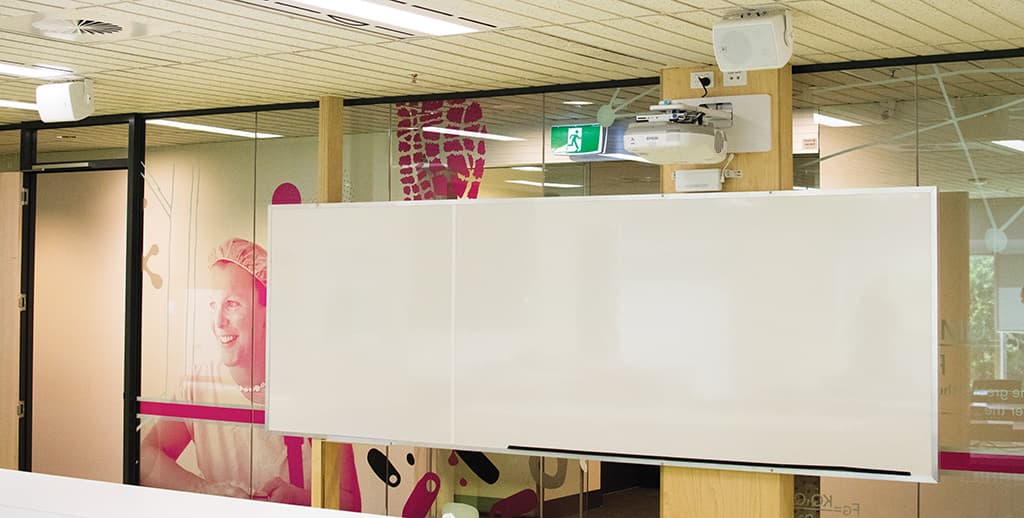
CONTROL IN TOUCH
Macmor has been Haileybury’s main electrical contractor for over a decade. Interestingly, a friendship between one of the Macmor directors and experienced systems integrator Steven ‘Steff’ Longmuir spawned the plan to add an AV side to the Macmor offering.
With Steff on board leading the charge, Macmor has provided the school with a one-stop AV and electrical point of contact across all its campuses. As the new integrator, one of the first tasks Steff tackled was what Haileybury was doing about its control systems and room management.
Steff Longmuir: Haileybury had a performance space at its Brighton campus equipped with Crestron control. It wasn’t the best integration — a bit messy and unintuitive. So when I first came onboard to start the Macmor AV division we looked at that space, and reprogrammed the control using a trusted Crestron programmer I knew from way back. And as soon as we did that, the school saw the value — it made the space easier to run and manage… the teachers and students love it. From there we discussed making Crestron control as a standard feature of larger spaces on all the campuses.
Maintaining a standard look and feel breeds confidence in the staff. Any staff member can go to any campus, in any high-end room, and the touchpanel will look and function exactly the same.
Dale Eaton: Apart from ease of operation, the other advantage of the Crestron system is it gives us the ability to problem solve remotely. If a projection screen isn’t coming down, we can pull out an iPad and generally fix the issue. I don’t need to get in a car and drive across town to fix it. That sort of capability is pure gold when our main campus, in Keysborough, is an hour’s drive away, and we only have five tech staff to service all the campuses. We like the control system so much that we’re in discussions with Crestron about taking the next step to introducing Crestron Fusion for a more comprehensive room management system.
Steff Longmuir: And from my perspective the fact the Crestron product works seamlessly with Epson projectors has been brilliant. They natively talk to each other, in terms of control and functionality, it’s really simple for me as an integrator and also for the programmer it’s pretty straight forward.
Dale Eaton: Crestron’s Air Media has also been great in the presentation areas. It’s a very easy system to use — you hardly need to show people how to operate it and it saves a lot of headache — it really doesn’t care what sort of device you’re trying to present with. We see all manner of laptops here. We recently had a gentlemen from China and couldn’t connect his little OEM notebook to anything, but we could wirelessly connect him to AirMedia, mirror his screen and see his presentation. It saved the day.
AV Asia Pacific: Do you think touchpanel control will eventually be ubiquitous in the classroom?
Steff Longmuir: Over the years we’ve tried and tested a lot of different products, just small wall controllers for a standard classroom. In Dale’s experience they’ve all systematically fallen over for one reason or another. So in the classrooms we’re happy with no control whatsoever. A teacher can switch on the system with a remote control, but then the Epson 595 is fully interactive from that point on. So you can change input, change volume, switch the projector off etc from the touchscreen.The need for an external wall controller was not only a big cost, but not required by the teachers in the classroom.
COOKIE CUTTING EDGE
Now that the classroom AV spec has been agreed on, adding classrooms is administratively a smooth process as well as taking the headache out of the design process.
Steff Longmuir: In terms of rolling the project out, the spec is already done. We just have to ‘rinse and repeat’, so it makes it really easy for me as an integrator, while the end result is predictable for Dale and the teachers.
AV Asia Pacific: Predictability and dependability is a positive thing, in this case, and keeps the costs down as well, I imagine.
Dale Eaton: It’s a case of: here’s a new room, raise a purchase order and say ‘go make it look the rest of them’. It’s all about removing variation. It really is.
WI-FI SATURATION
Dale Eaton: We don’t have problems with dropouts. We’ve got a very stable and solid wi-fi network in here. In fact, it’s at saturation point — we have saturated the whole building. Technically speaking, you can pick up our outdoor wi-fi at Flagstaff Station 200 metres across the carpark.
AV Asia Pacific: I’ll have to grab your password before I leave. I imagine you could offer the best education in the world but if you have a wi-fi dropout then all hell would break loose.
Steff Longmuir: That’s when Dale’s phone starts to ring!
Dale Eaton: Luckily there’s another guy whose job it is to solely concentrate on wi-fi! He’s very, very good at what he does.
AV Asia Pacific: What WAPs do you use?
Dale Eaton: We use Aruba. It’s a very, very good product. A lot of places are picking up on Aruba because of the control you’ve got over it from an IT perspective. What you can lock out, for example. It’s a very, very good tool.
AV Asia Pacific: Do you use wi-fi to track student traffic flow?
Dale Eaton: We have the ability to do that but at the moment we don’t. We can track an iPad to within about 30cm using the wi-fi network. We’re now starting to put RFID chips into equipment which will have its advantages. That’s a 2017 project and another story altogether.

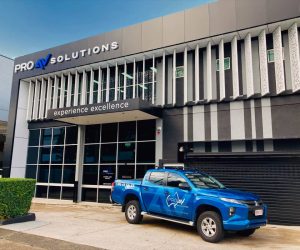
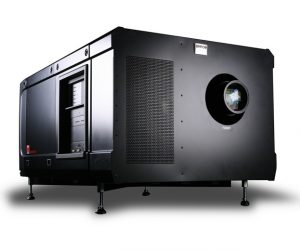

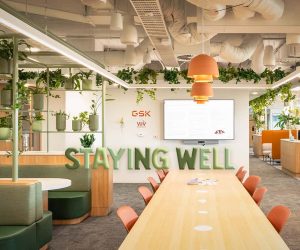
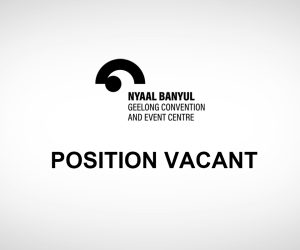

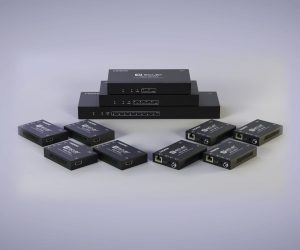


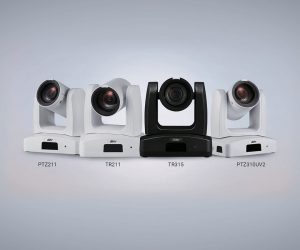

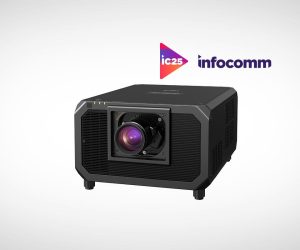


RESPONSES